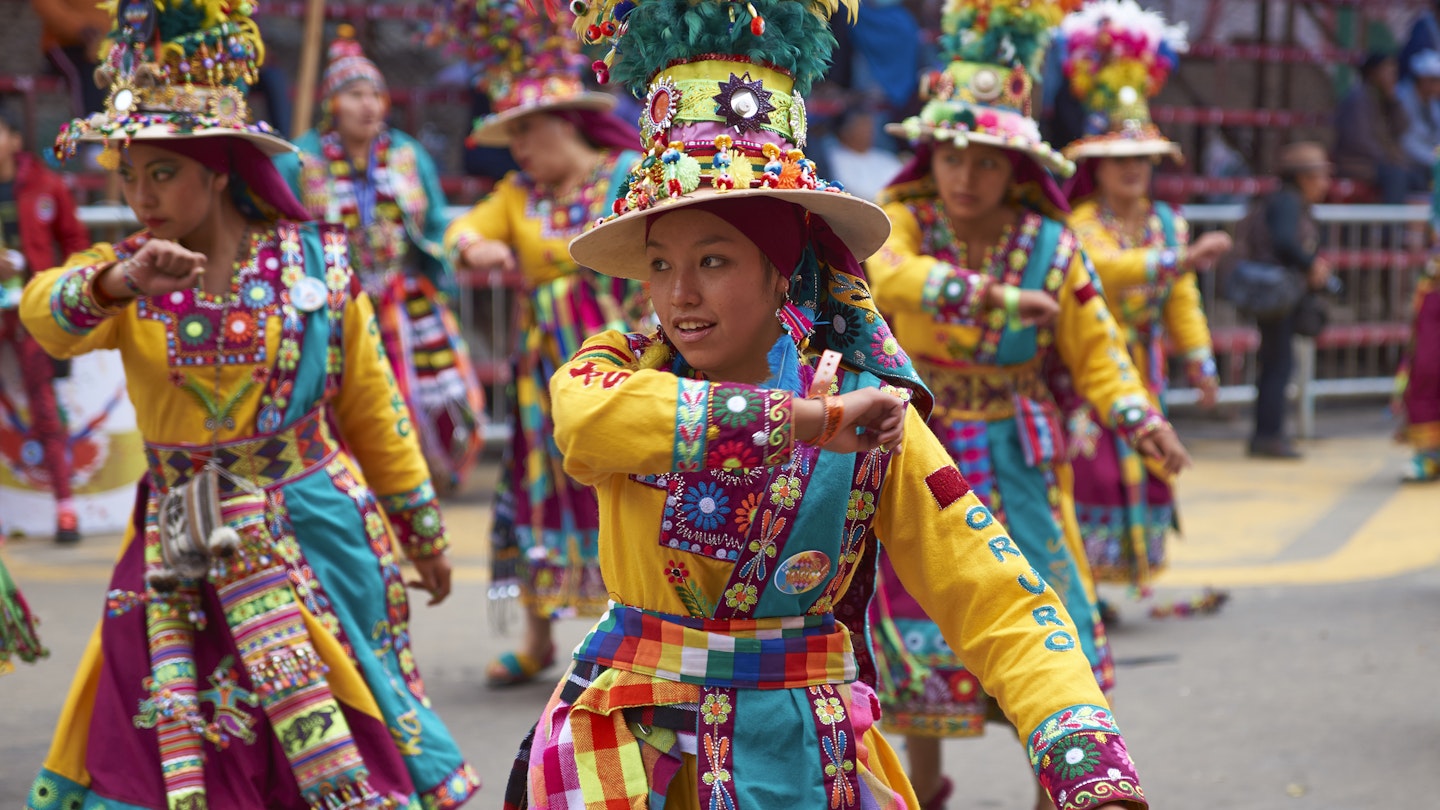Top 8 Mardi Gras Celebrations Around the World
Beads at the ready – Mardi Gras is just around the corner. This lively festival occurs between the Twelfth Night of Christmas (January 5) and Shrove Tuesday, which falls on February 13 this year. Countries across the globe embrace this holiday with an array of vibrant carnival celebrations.
The History of Mardi Gras
Contemporary celebrations of Mardi Gras boast flamboyant parades, live music, and extravagant costumes. However, this tradition stretches back thousands of years to medieval Rome. Originally established as a compromise between the Catholic Church and ancient pagan harvest festivals, Mardi Gras incorporated elements of Saturnalia, which featured massive public banquets and revelry. The term Mardi Gras, French for ‘Fat Tuesday’, refers to the custom of consuming fatty foods before the fasting period of Lent begins.
1. New Orleans, USA
While Mobile, Alabama, hosted the earliest Mardi Gras in the US, it’s New Orleans that has become the epicenter of the celebration. Since 1837, the city has taken Mardi Gras festivities to new heights. Once the 1.5 million visitors descend on the streets, daily processions occur throughout various neighborhoods leading up to the event. The main parade follows a scenic route through Napoleon Avenue and Saint Charles Avenue, culminating at the French Quarter.
2. Rio de Janeiro, Brazil
The Brazilian rendition of Mardi Gras is renowned as the world’s largest carnival, drawing approximately two million revelers each year into the streets of Rio de Janeiro. This spectacular event kicks off on February 9 with informal street parties known as blocos, featuring an array of themes, from family-friendly celebrations to high-energy LGBT parties. The official parade at the Sambódromo highlights dazzling costumes, impressive floats, and captivating performances from top samba schools.
3. Venice, Italy
Mardi Gras in Venice offers a more intimate experience compared to the energetic street parties of other cities. The celebration is marked by elegant masquerade balls and the wearing of traditional masks, designed to conceal identities and level societal differences. Visitors can participate in enchanting boat parades along the Grand Canal and enjoy free entertainment in St. Mark’s Square, showcasing street performers and costume contests.
4. Binche, Belgium
Located south of Brussels, the Carnival of Binche draws visitors with its unique folklore. The event culminates on Mardi Gras with the March of the Gilles, where local men don clown-like costumes and pass out oranges—a symbol of good luck. This culturally significant festival, recognized by UNESCO, begins on the Sunday before Mardi Gras with lively parades and music.
5. Sydney, Australia
Originating in 1978, the Sydney Gay and Lesbian Mardi Gras emerged as a celebration of queer culture, inspired by the street parties of New Orleans. Today, it features hundreds of colorful floats, dazzling performances, and a series of events spanning from February 16 to March 3, including the highly anticipated post-parade all-nighter.
6. Port of Spain, Trinidad and Tobago
Introduced by French colonizers in the 18th century, the traditional Mardi Gras festivities in Trinidad evolved as enslaved Africans organized their gatherings known as Canboulay. Today, the celebration showcases vibrant parades with various themes, inviting participants to join masquerade bands adorned in extravagant costumes.
7. Basel, Switzerland
Fasnacht, the Swiss version of Mardi Gras, is recognized on UNESCO’s Intangible Cultural Heritage list due to its focus on social and political commentary. The festivities commence in the early morning darkness after Ash Wednesday with beautifully hand-painted lanterns illuminating the streets. This three-day event features festive parades, musical groups, and intricate costumes crafted by participants.
8. Oruro, Bolivia
The small mining town of Oruro is the folklore capital of Bolivia, attracting around 400,000 visitors for its annual carnival between February 8 and 13. The event honors the Virgin of the Candelaria del Socavón and focuses on dancing to represent cherished folk tales. The festivities last for over 20 hours, showcasing the captivating Diablada dance, which depicts the eternal struggle between good and evil.
This article was originally published on January 5, 2024, and updated on January 8, 2024.




